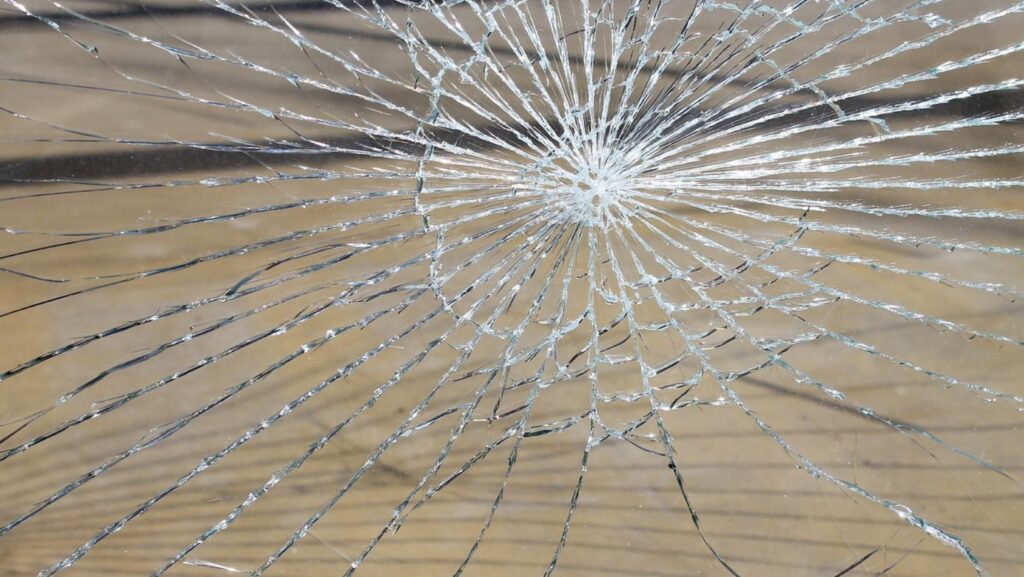Windows play a crucial role in a home’s comfort, energy efficiency, and overall aesthetic. Yet, many homeowners overlook their condition until issues arise. Knowing when it’s time to upgrade can save money on energy bills and enhance living spaces.
Signs that windows need an upgrade aren’t always obvious. Drafts, condensation, or difficulty opening and closing can indicate underlying problems. These issues not only affect comfort but also drive up heating and cooling costs, making timely upgrades a smart investment.
Understanding the signs of aging windows helps homeowners make informed decisions. By recognizing these indicators early, they can avoid costly repairs and enjoy improved energy efficiency. Upgrading windows isn’t just about aesthetics; it’s about ensuring a home remains a sanctuary from the elements.
Consider the Cost of Replacement
Window replacement price varies depending on materials, size, and installation. Vinyl windows offer affordability, while wood options can be more costly. Choosing energy-efficient materials reduces utility costs long-term. Custom sizes or specialized designs may increase expenses. Labor costs fluctuate based on local rates and complexity of installation. Homeowners should obtain multiple quotes to find competitive pricing within their budget. Investing in high-quality windows saves money on energy bills over time. Upgraded windows enhance home value and comfort, making the investment worthwhile.
Drafts and Poor Insulation
Drafts indicate windows may no longer be efficient. Cold air entering during winter or warm air during summer suggests compromised seals or weather stripping.

These issues increase energy consumption as heating or cooling systems work harder to maintain comfort. Poor insulation exacerbates these problems, causing temperature fluctuations and discomfort. Checking for drafts involves feeling for air movement near window frames or using a candle to detect subtle air leaks. If drafts are present, it’s time to consider window replacement. Upgrading can improve insulation, reduce energy costs, and enhance indoor climate control. Investing in energy-efficient windows addresses draft problems and improves overall home efficiency.
Difficulty Opening or Closing Windows
Sticking windows often indicate warped frames or deteriorated components. Over time, materials can expand or contract, affecting window operation. Forcing windows open or shut may lead to further damage. In such cases, window replacement may be necessary to restore functionality. Windows should operate smoothly to ensure optimal convenience and security. If effort is required to adjust windows, evaluating the window replacement price could be beneficial. Smooth operation is critical for quick ventilation and escape routes in emergencies. Regular maintenance, including inspecting tracks and lubricating moving parts, can prevent operational difficulties. When windows consistently resist adjustment, it’s a sign that upgrading can improve ease of use and efficiency.
Visible Condensation Between the Glass Panes
Visible condensation between glass panes indicates broken seals. When seals are compromised, moisture infiltrates and clouds the glass. This not only hampers visibility but also affects insulation. It suggests the need for windows upgrade, as efficient windows keep moisture and drafts at bay. Addressing this issue promptly can prevent bigger problems like mold or water damage. Energy-efficient windows with low-emissivity glass reduce condensation and improve thermal performance. This upgrade enhances home comfort and can lower utility costs. When condensation persists, it’s wise to assess window replacement prices and consider energy-efficient options for a long-term solution. Regular inspection helps in early detection.
Noticeable Damage or Decay
Visible damage, like cracks or rot, signals the need for window replacement. Chipped or peeling paint often reveals underlying decay in wooden frames, which compromises structural integrity. Rot leads to gaps that permit drafts and reduce energy efficiency.

Aluminum or vinyl windows showing dents or warping can also indicate deterioration. Water stains on or around windows suggest leaks, increasing the risk of mold growth. These issues impact aesthetics and functionality, making replacement essential. Costs vary, with factors like the extent of damage and choice of materials affecting the price. Proactively addressing noticeable decay ensures better insulation, improved appearance, and enhanced home value.
Increased Energy Bills
Upgrading windows is a smart investment for homeowners facing increased energy bills and discomfort. Recognizing signs like drafts, condensation, and operational difficulties ensures timely action, preventing costly repairs. Energy-efficient windows not only enhance insulation and reduce utility costs but also improve home value and comfort. Homeowners should consider material options and obtain multiple quotes to find the best deal. By addressing window issues proactively, they can enjoy a more comfortable and energy-efficient living space, making the investment in new windows both practical and beneficial.


More Stories
The Importance of Quality Siding in MA
The Impact of Automated Window Treatments on Modern Home Design
6 Creative Roofing Designs That Redefine Modern Homes